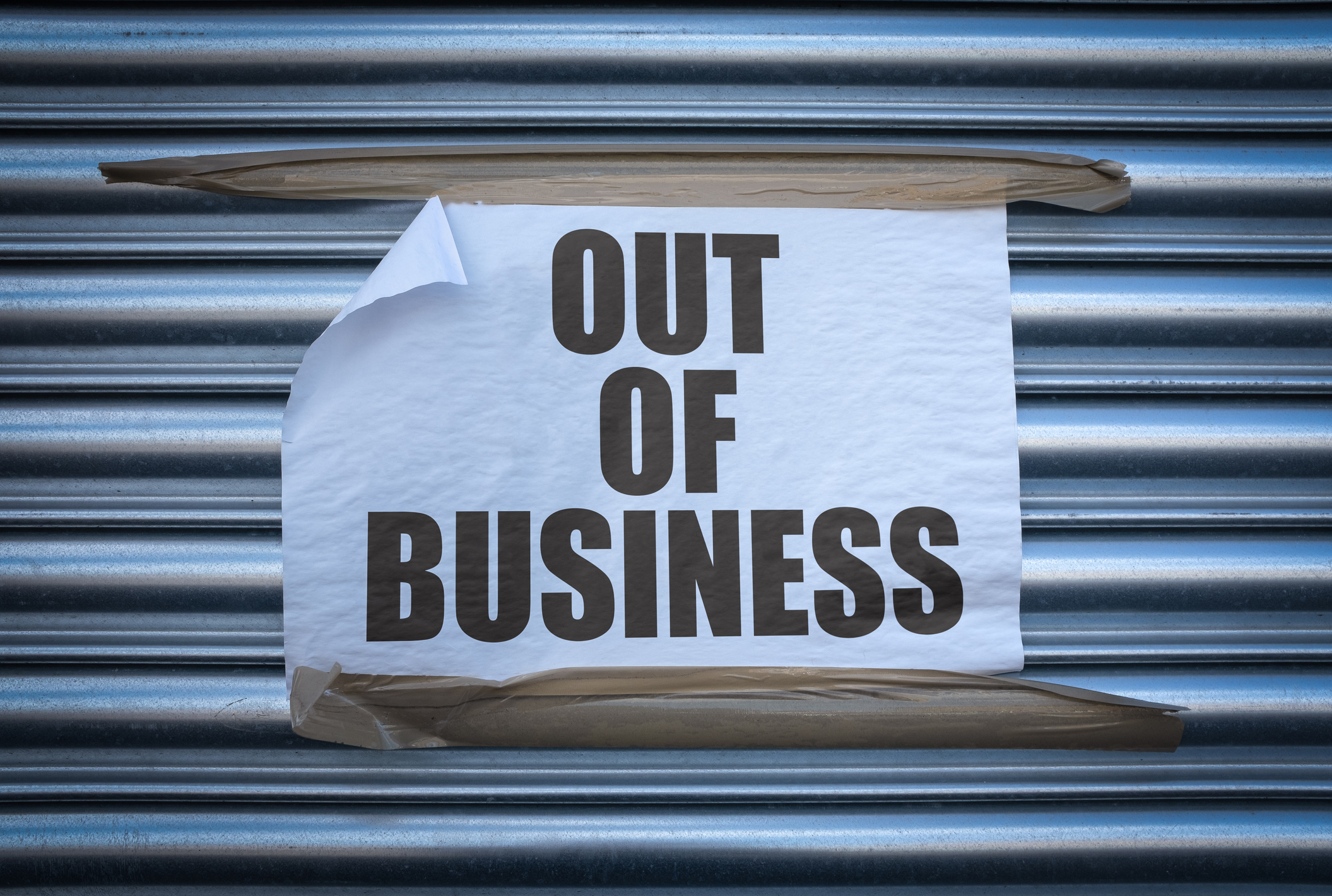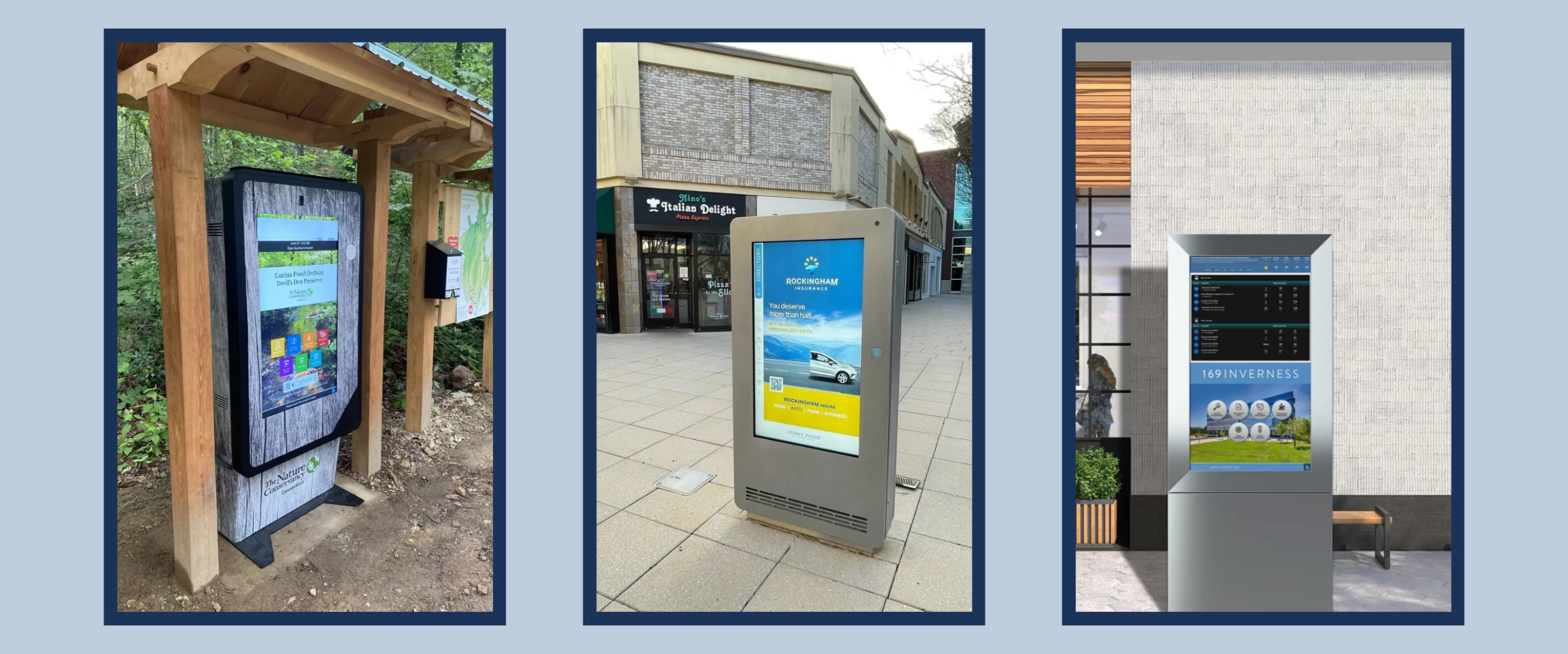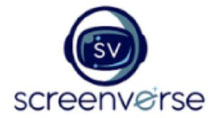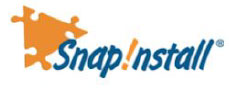COVID-19 Creates New Safety Protocols for Government Facilities
Government Facilities Strengthen Safety Strategies in Response to COVID-19
All building and facility managers will face significant challenges in the post-COVID world – especially those involving health and safety in the workplace as people return to the office and their everyday routines. These challenges will be even more magnified for one of the largest property owners and managers in the country – the U.S. government.
Local, state, and federal government facilities are responsible for a staggering amount of buildings and properties – many of which are open to the public for a variety of activities ranging from permit requests at the local city hall to Capitol building tours in Washington, D.C.
In fact, the General Services Administration (GSA) alone oversees roughly 660 million, rentable square feet of owned and leased space with properties located in all 50 U.S states, five territories, and the District of Columbia. Factor in properties overseen by other agencies – such as military bases, post offices, veterans hospitals, and national landmarks – and the scope of government occupied square footage easily grows into the billions.
Many of these public buildings face similar issues as private sector commercial properties, like welcoming employees and visitors, providing simple, efficient wayfinding directions, and relaying important property information. This list now includes sharing the latest COVID-19 safety updates and protocols. As such, government facilities are borrowing a page from the private sector playbook by using intelligent digital solutions – including digital directories and kiosks – to elevate on-site building communications and provide safe, efficient traffic patterns within public settings.
Strengthening On-site Communications Strategies
As the number of people returning to their everyday routines increases, it will inevitably bring them to government facilities for a number of reasons whether renewing a driver’s license,seeking employment services, or exploring job training programs. Government facilities have a heightened commitment to ensure public health and safety. At the same time, they recognize that the information people receive when entering a facility can either help or hinder the overall experience and perception of that government body. Commercial property building owners and managers are now working harder to curate a better experience for building occupants and visitors from the moment they walk in the door. That shift has not gone unnoticed by government facility managers.
In addition to providing a better building experience, government facilities are also focused on reopening preparedness for a post COVID-19 environment. For example, Cushman & Wakefield’s Recovery Readiness Guide outlines best practices, insights, and ideas from thousands of survey responses along with input from more than 53,000 professionals across the globe. At TouchSource, we firmly believe that on-site visual communication plays a critical role in sharing real-time information as people enter, exit, and move about a property or complex. Specifically, properties can leverage digital directories, kiosks, and video walls to serve a variety of functions beyond standard wayfinding. These include:
- Conveying key information and updates related to building safety protocols or requirements, as well as changes to operating hours;
- Communicating a property’s reopening action plan, such as new cleaning and disinfecting protocols;
- Providing information about building requirements for citizens and visitors, like entry protocols, wearing masks, or temperature checks;
- Providing information and updates about capacity or usage restrictions for common areas, like lobbies, restrooms, or elevators;
- Enabling employees to reserve a desk or open space given new spacial distancing requirements;
- Communicating new one-way circulation patterns and queuing guidance to prevent bottlenecks from occuring;
- Addressing FAQs;
- Offering general tips for health and wellness;
- Leveraging on-site visual communication solutions that are contactless and/or can be seen from a distance;
- Addressing inclusivity by programming digital displays and kiosks with messages and videos in multiple languages.
Communication is critical in managing fears and concerns, as well as protecting the health and safety of building occupants. People need consistent communication and regular reminders about how to prevent the spread of germs, what to do if they are sick, and specific requirements at individual facilities. Answers to commonly asked questions – like where are masks required, will temperature checks be needed to enter the building, and willl there be capacity restrictions in elevators and other common areas – need to be clearly communicated through a variety of channels.
Budget Constraints Require Cost-Efficient Solutions
The crucial need for increased communication and safety-driven changes in the workplace comes at a time when state and local governments are likely to battle tighter budget restrictions. According to a recent JLL report, many state governments could see tax revenue declines of as great as 40% from recent spikes in unemployment and the resulting losses in sales, property, and income tax earnings. These deficits may drastically reduce funding for ongoing operations over the next several years. JLL noted that overcoming these budget constraints will require finding new ways to deliver services and developing more agile and resilient organizational strategies.
One cost-efficient solution is deploying on-site digital displays and kiosks to share critical information with building occupants and visitors in real-time in lightly staffed public areas TouchSource offers a variety of contactless, virtual solutions, including an innovative new wellness kiosk that can be placed at facility entrances and checkpoints to enhance operations and communications with staff and visitors.
Affordable Options for High Traffic Public Areas
- TouchSource’s Wellness Kiosk is a turnkey solution that combines robust digital directory software with a wellness package that includes health screening via an infrared temperature sensor and a contactless hand sanitizer dispenser. Visitors, vendors, and employees are automatically temperature-scanned and notified when they’re in normal ranges. They’re also told what to do if they’re not. The built-in digital messaging displays can be used to provide safety messaging, screening results, public notices and scannable codes for directions or common information requests.
When deployed at employee entrances and reception check-in locations, this ADA-compliant kiosk enables a sign-in process and records acknowledgement of safety regulations. Not only does it help protect the entire community, it also allows for contact tracing. The software is designed and made in the U.S. and complies with GDPR regulations. When delivered with innovation partner Cleared4’s employee symptoms tracking, it enables you to deliver a HIPPA-compliant employee screening solution. These kiosk are future-proof. They serve to inform and guide the public during and post-pandemic for an efficient way to guide visitor traffic and deliver self-service information perpetually.
- Digital Messaging Boards grab attention and visually communicate relevant safety tips or news in a variety of formats. Text, graphic, and video messages can also be programmed in multiple languages. These digital displays allow facilities to post dynamically changing property information, such as changing hours of operation, screening policies, and the latest CDC recommendations.
- TouchSource Contactless Solutions include a new mobile-enabled interactive directory. The fully interactive applications allow visitors to seamlessly see and scan information from digital displays to mobile phones without touching a screen. This allows government building managers to quickly deliver highly visual, digital information in any location and at a safe distance.
In addition, TouchSource’s Contactless Mobile Compliance toolset is a fully contactless solution that helps agencies to communicate expectations within a building, while creating auditable proof that occupants and visitors saw the message and acknowledged the requirements. Using the secure cloud updating platform, facility teams can provide standard CDC or OSHA messaging, social distance messaging, or building-specific notices. When deployed at all entrances to a building, these displays can provide the first level of communication to visitors as well as messaging in multiple languages.
Government Agencies Embrace Innovation
Digital displays and kiosks are not only a highly visible, cost-efficient way to connect with the public, they also align with the government’s broader commitment to leverage technology and save taxpayers money. In fact, two of the top priorities highlighted in the GSA’s strategic mission are to save taxpayer money through better management of federal real estate and improve the way federal agencies buy, build, and use technology.
In its 2019 report on Embracing Innovation in Government, the Organization for Economic Co-operation and Development (OECD) noted that the world is in the midst of an unprecedented technological revolution that is not only changing how people live, interact, and work, but is also transforming economies, governments, and societies. Many governments around the world – the U.S. included – are stuck in a game of catch-up to embrace technology and improve the design and delivery of public policies and services. The report identified common trends in government innovation that focus on increased transparency – sharing of information – and how they are using new technologies as a way to explore new opportunities and open doors to the public value of government. At TouchSource, we believe that digital displays and kiosks are a cost-effective solution to help achieve those goals. Find out how we’ve served city, county, state and federal agencies with our solutions.













